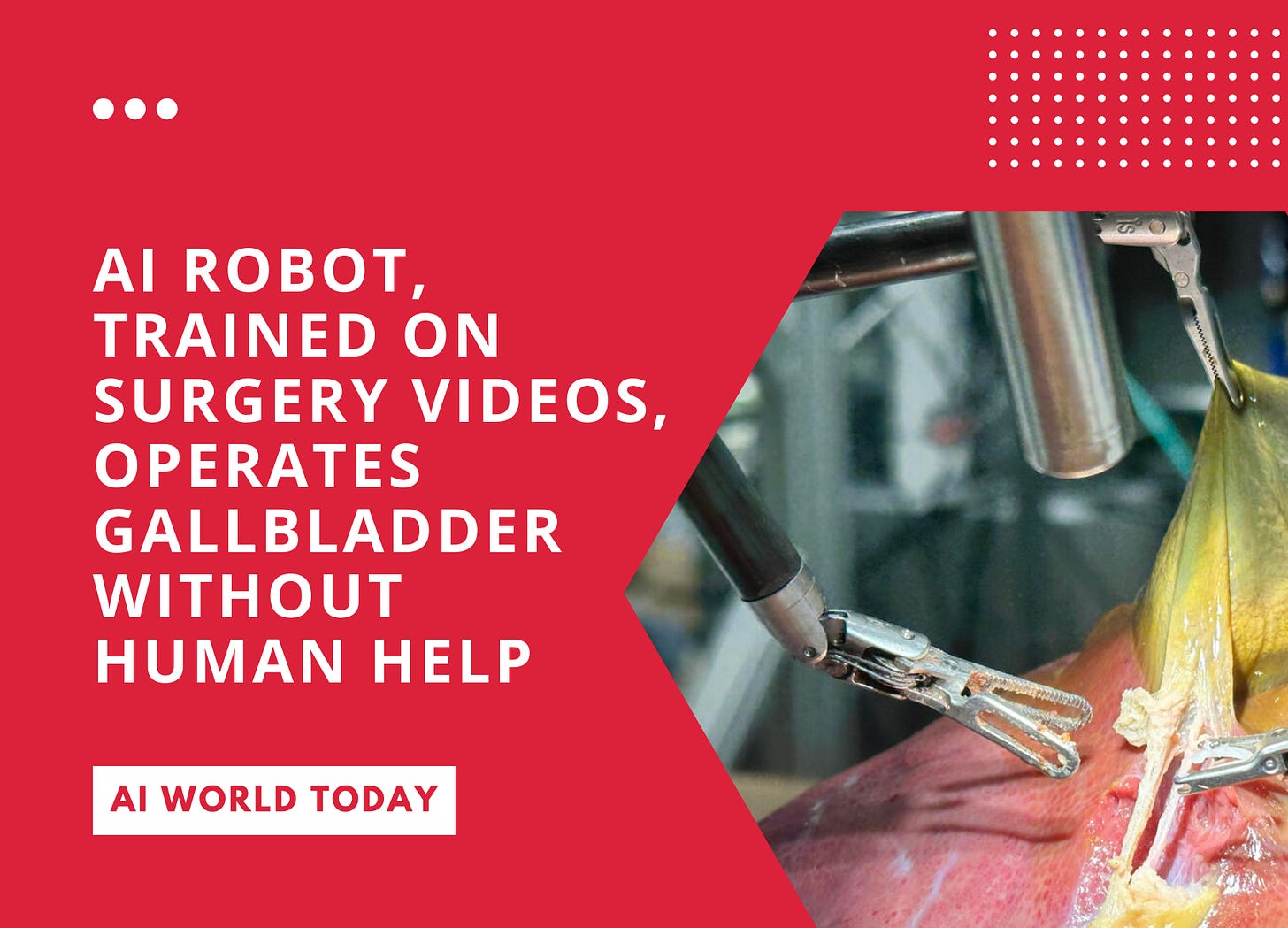AI Robot, Trained on Surgery Videos, Operates Gallbladder Without Human Help
In a significant leap forward for medical technology, an AI-powered robot has successfully carried out part of a gallbladder removal procedure without any human assistance. The robot, named SRT-H, was trained using surgery videos and achieved 100% accuracy in its fully autonomous operation.
This revolutionary study, led by researchers from Johns Hopkins University, was detailed in Science Robotics. The article, "SRT-H: A hierarchical framework for autonomous surgery via language-conditioned imitation learning," underscores the major strides made in developing truly independent surgical systems.
The SRT-H robot utilizes an advanced hierarchical framework that combines high-level task planning with precise trajectory generation. This innovative approach enables the robot to perform complex surgical steps and adapt to the variability of human tissue, all without human intervention during the procedure.
During the operation, the robot showcased its ability to work independently, making decisions and adjustments on its own, much like an experienced surgeon would. The system achieved a perfect success rate in eight different ex vivo gallbladder operations, functioning entirely without human assistance from start to finish.
Axel Krieger, one of the study's authors, emphasized the significance of this achievement: "This advance takes us from robots that can execute specific surgical tasks to those that actually understand surgical procedures."
He added that this breakthrough brings us closer to clinically viable autonomous surgical systems capable of operating independently in the unpredictable environment of real patient care.
The SRT-H robot's design incorporates machine learning architecture similar to that powering ChatGPT. This allows the robot to process and execute complex surgical tasks without the need for real-time human guidance or intervention.
To prepare for the intricate gallbladder removal procedure, which involves 17 distinct steps, the robot was trained using videos of surgeons performing the operation on pig cadavers. These videos were enhanced with captions describing the tasks, further improving the robot's ability to operate independently.
While the robot took longer to complete the procedure compared to a human surgeon, its results were comparable to those of an expert. The successful completion of this complex surgical task without any human help demonstrates the potential for fully autonomous AI-powered robots in future surgical applications.
As these autonomous surgical systems continue to evolve, they promise to bring increased precision and reliability to operating rooms, potentially reducing human error and improving patient outcomes. However, further research and validation will be necessary before these systems can be deployed in clinical settings without human oversight.
This development represents a significant milestone in surgical robotics, potentially paving the way for more advanced and fully autonomous medical procedures in the future.





What would really be remarriage if AI could fix the gallbladder instead of removing it! A human can remove it! So what? Fix it and I will be impressed!!!